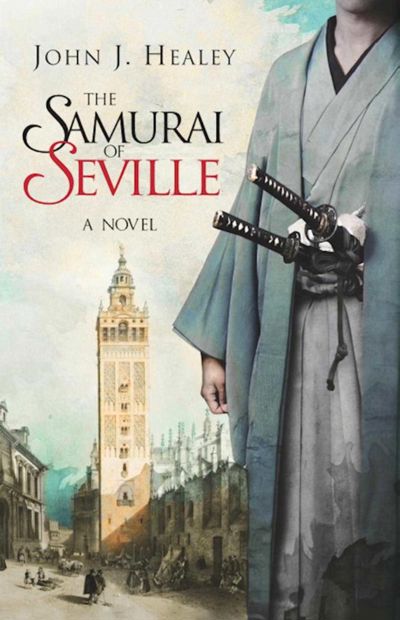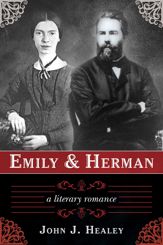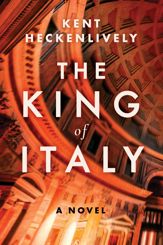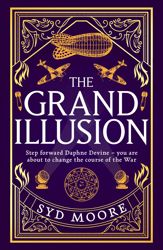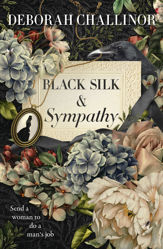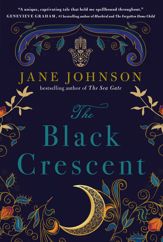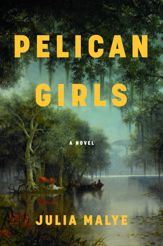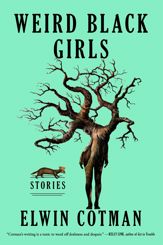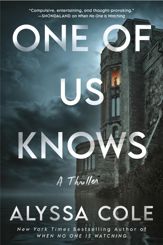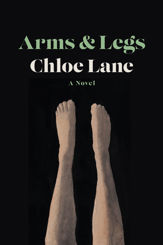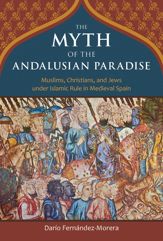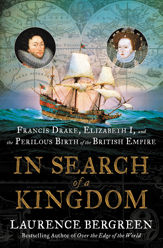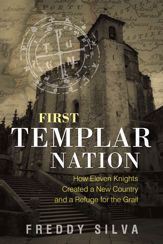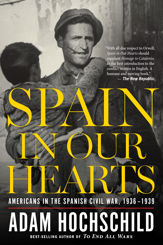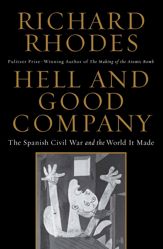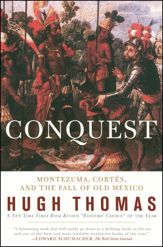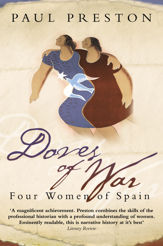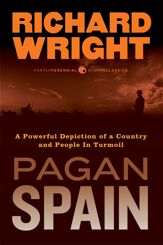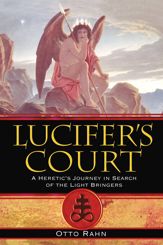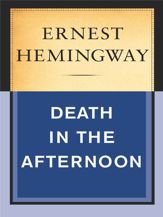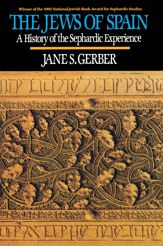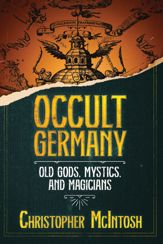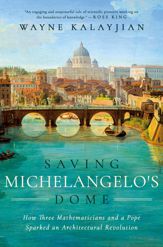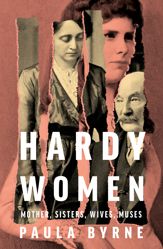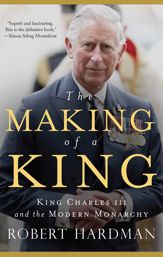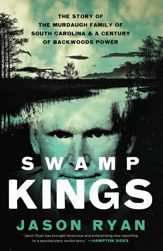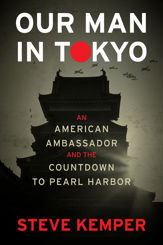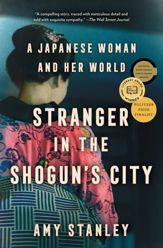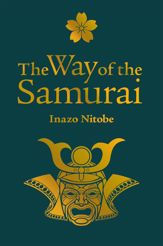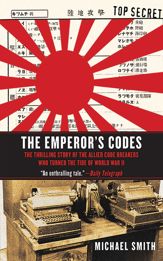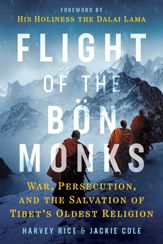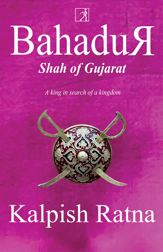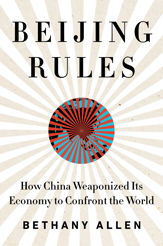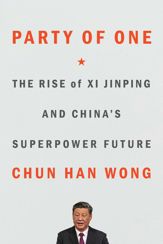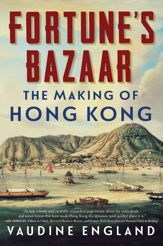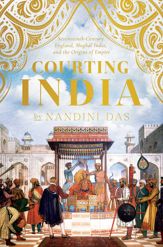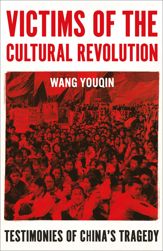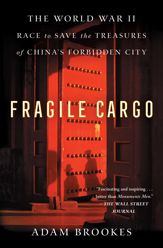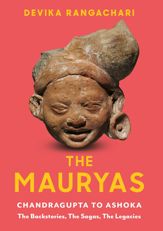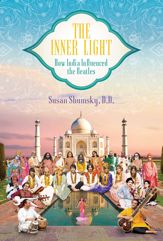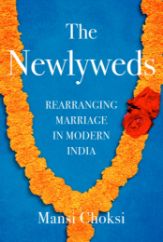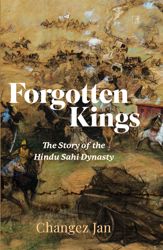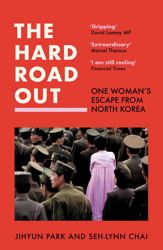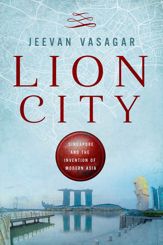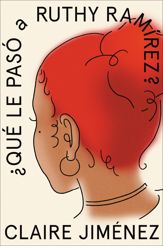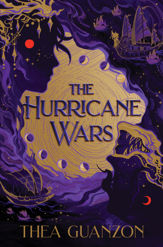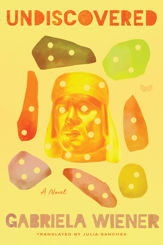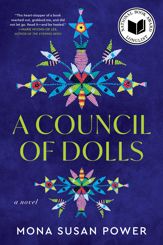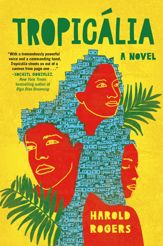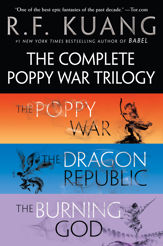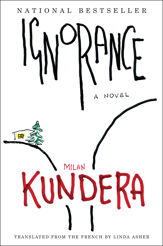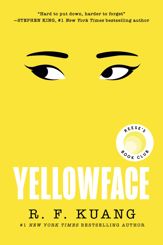“This novel invites us to recover our history and colors the light of literary fiction.”—Kazuhiko Koshikawa, former Japanese ambassador to Spain
"The stories that intertwine historical facts with adventure (sometimes with crime too) are normally excellent ones. The Samurai of Seville by John J. Healey is a clear example. In 1614, a group of Japanese nobles arrived to Seville to try and put together two cultures that felt very far-away and to drive the Catholic faith and trade into the Far East. Into this group there was the samurai Shiro, who was as popular with his sword as he was with women in the Seville society of the time and with the court of King Philip III —who is quite relevant in the novel. Healey narrates with great care the episodes of a story that is also a romantic melodrama. The reminiscence of the traditional society and that of the old Seville, with the nobility, the villains and the passionate dames is very well described and Healey pulls it off. You just want to read it in one sitting thanks to the great rhythm and the emotions, together with the agile plot."—El País
“Using a lean, concise narrative style . . . this story presents an absorbing view of the society of 17th-century Spain through a number of characters’ perspectives, conveying the spirit of the land and the essence of each vivid character enmeshed within a larger web of relationships and interests.—Historical Novel Society
“An exciting summer read. . . . At the center of this novel are love relationships, betrayals, friendships and the appreciation of Japanese and Spanish civilizations of the early 17th century. The best and worst features of these two ancient worlds are illuminated and brought together by the advent of necessity and greater glory.”—Berkshire Eagle
“A nice jumping-off point for new readers of historical fiction.”—Library Journal
"Fascinating . . . A vibrant historical novel."—Fresh Fiction
"Revealing one of history’s most intriguing forgotten chapters . . . Healey weaves a rich tale of dueling cultures as warriors clash with Renaissance sensibilities."—Hudson Valley Magazine
“The undercurrent of melancholy that permeates the novel does not derive from the author’s research but rather from his own life experience. He knows that in every coming and going there is a mixture of expectation and heartbreak, and there will arrive— on one side or the other— a point and time from which there is no return.”—Antonio Muñoz Molina, author of Separahad
"Healey has created a narrative wonder mixing fictional and historical characters deeply immersed in the early years of the 17th Century when Tokugawa Japan joined hands with the Spain of Philip III. . . . Healey offers an attractive, succinct text told with singular narrative skill. It reads effortlessly. Its immediacy and flow is absolutely cinematic."—Prof. Juan Manuel Suárez Japón (direct descendant of one of the samurai who went to Spain in 1613)
“Around this gentle love story, Healey coveys the way in which two very different cultures seek to honor and understand each other.”—theidlewoman.net
Description
A sumptuous novel inspired by one of history’s most intriguing forgotten chapters—the arrival of Japanese Samurai on the shores of Europe.
In 1614, twenty-two Samurai warriors and a group of tradesmen from Japan sailed to Spain, where they initiated one of the most intriguing cultural exchanges in history. They were received with pomp and circumstance, first by King Philip III and later by Pope Paul V. They were the first Japanese to visit Europe and they caused a sensation. They remained for two years and then most of the party returned to Japan; however, six of the Samurai stayed behind, settling in a small fishing village close to Sanlúcar de Barrameda, where their descendants live to this day.
Healey imbues this tale of the meeting of East and West with uncommon emotional and intellectual intensity and a rich sense of place. He explores the dueling mentalities of two cultures through a singular romance; the sophisticated, restrained warrior culture of Japan and the baroque sensibilities of Renaissance Spain, dark and obsessed with ethnic cleansing. What one culture lives with absolute normality is experienced as exotic from the outsider’s eye. Everyone is seen as strange at first and then—with growing familiarity—is revealed as being more similar than originally perceived, but with the added value of enduring idiosyncrasies.
The story told in this novel is an essential and timeless one about the discoveries and conflicts that arise from the forging of relationships across borders, both geographical and cultural.
Reviews
“The undercurrent of melancholy that permeates the novel does not derive from the author’s research but rather from his own life experience. He knows that in every coming and going there is a mixture of expectation and heartbreak, and there will arrive— on one side or the other— a point and time from which there is no return.” Antonio Muñoz Molina, author of Separahad
"Healey intertwines —with great skill— fictional characters with others who were historically important in the first years of the 17th Century, mixing the first Japanese Tokugawa with the Spain reigned by Philip III. (…) The result of this historical background together with these characters is brilliant. Healey has written an attractive, page-turning novel, with a great fast-paced narrative style." Juan Manuel Suárez, FronteraD
"The stories that intertwine historical facts with adventure (sometimes with crime too) are normally excellent ones. The Samurai of Seville by John J. Healey is a clear example. In 1614, a group of Japanese nobles arrived to Seville to try and put together two cultures that felt very far-away and to drive the Catholic faith and trade into the Far East. Into this group there was the samurai Shiro, who was as popular with his sword as he was with women in the Seville society of the time and with the court of King Philip III —who is quite relevant in the novel. Healey narrates with great care the episodes of a story that is also a romantic melodrama. The reminiscence of the traditional society and that of the old Seville, with the nobility, the villains and the passionate dames is very well described and Healey pulls it off. You just want to read it in one sitting thanks to the great rhythm and the emotions, together with the agile plot."
El País
"Healey has created a narrative wonder mixing fictional and historical characters deeply immersed in the early years of the 17th Century when Tokugawa Japan joined hands with the Spain of Philip III.... Healey offers an attractive, succinct text told with singular narrative skill. It reads effortlessly. Its immediacy and flow is absolutely cinematic."—Prof. Juan Manuel Suárez Japón (direct descendant of one of the Samurais who went to Spain in 1613)
